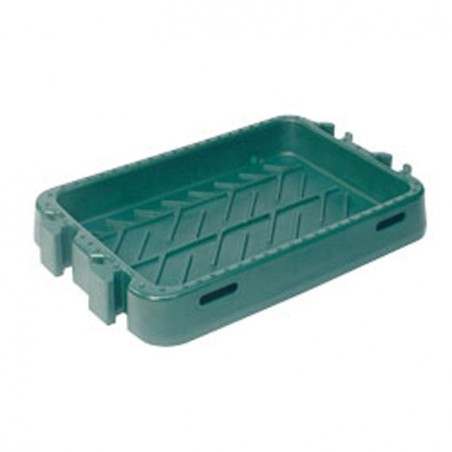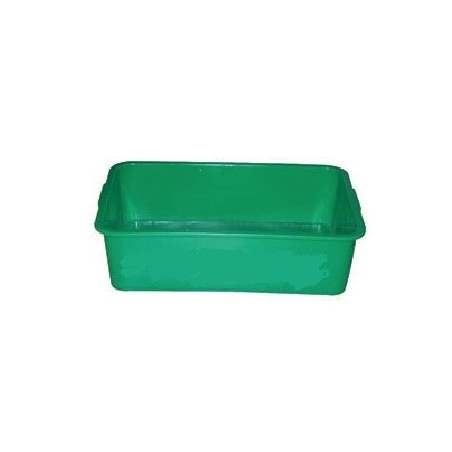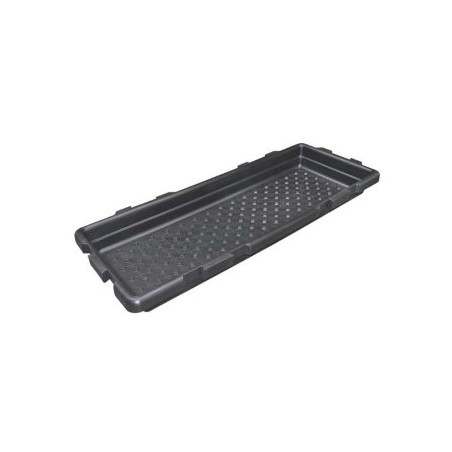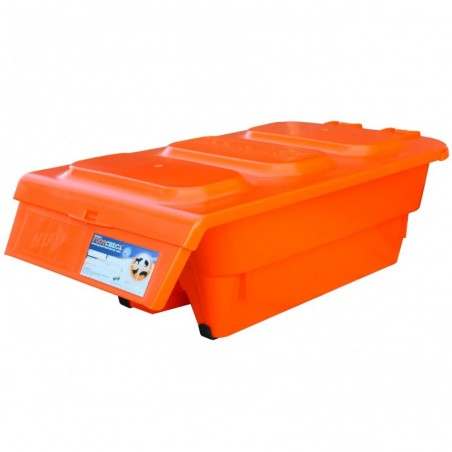When you hear in the news that the global supply chain has been restored, you should read it as follows: the global supply chain is changing as it produces workarounds to key blockages. Not only have clever ways been devised to clear problems with many pre-existing patterns of movements but new investments are being made around the world to “regionalize” supplies of key agricultural, industrial and military inputs fearing future disruptions. While hardly an abandonment of globalism, countries and firms are seeing the wisdom in creating a local supply capacity, which can mean stockpiles or new production facilities, to avoid the stock-out costs of running low on key inputs.
It’s a global version of inventory management at the firm level where varying amounts of inventory for different goods are kept in storage because the relative cost of doing so for each good is believed to be less than the cost of running out, even for a short period. A supermarket manager told me recently when I inquired about their shortages, that being out of milk is far more damaging to future demand than being out of spaghetti sauce for instance, as there are some items which when unavailable, break the bond between the shopper and the store and the shopper looks elsewhere for a more reliable supplier. For this reason, the risk of running out is factored along with the cost of running out to determine how big the base stock should be during any future period.

While certainly affected by the crop fertilizer shortage of 2021-22, US crop producers were helped by a large domestic production capacity for nitrogen fertilizers, especially. Production facilities for fertilizers tend to be placed where the raw materials for making the products are located, which often means near mines or ports, but in some cases, it’s the other way around. Brazil is an example of a major exporter of feed grains that is welcoming new investments locally in the production of fertilizers as the ability to source future needs nearly totally in the global supply chain is being viewed now as too risky. Many of these new investments in plant and equipment are taking place at or within the production areas as the transportation infrastructure issues in Brazil are often quite troublesome.
In animal agriculture we are seeing kind of a bottom up solving of key issues of supply and cost. By that, I mean the problems in meat production are clearing from the feed end upwards and working their way to production sales and processing. Because the demand side of meat production is going to continue under pressure from inflation control strategies with their resulting increases in unemployment, (which has started and most predict there is a lot more to come), very little additional global production capacity is being planned. Add to that interest rate increases, especially, that have not been seen in a generation, and the cost to build new facilities or to do major renovations, which could increase production, are not looking attractive to most companies. In addition, there is still a very vexing labor shortage in production agriculture which has many companies deciding not to expand now because finding sufficient staff would be very difficult. Pork, beef and poultry production are all expected to be flat for 2023 with some increases coming to the poultry sector as the siege of HPAI A(H5) and its derivatives are brought under more control.
Because of the strength of the US dollar which will remain in place if US interest rates continue to provide safe and relatively more attractive return possibilities for global investors, the incentive to form new alliances for trade is high. For instance, we find Brazil strengthening its export relationship with China, as it can produce pork for the global market pretty much cheaper than anyone else (INTERPIG: Pig production costs increase in all countries). Even though the US is second globally in low-cost production of pork, an unfavorable currency exchange rate can quickly eliminate these advantages.
We know that areas of the EU especially, which have been subject to strong political pressures to reduce animal manure production, are seeing a big erosion in production capacity as the cost to build new facilities is high, compliance with regulations economically infeasible and the relative importance of energy in the cost mix is increasing. This means that pigs are leaving the classic production areas of northern and western Europe, where proximity to major importing and exporting ports on the north sea provided decades of comparative advantage. The pigs are headed for places like Spain where integration and careful management of not only the supply chain but the total supply and marketing functions is facilitated now that the herds are in the hands of relatively fewer companies. While this doesn’t prevent errors, strategic or otherwise, it provides a means to make decisions more quickly and proactively and to have those decisions encompass lots of pigs at once.
We do not know the economic damage yet that will come with bringing inflation under control. Inflation has already resulted in a near double digit loss in real income in the United States yet savings from the pandemic years, while running low, are still fueling purchases beyond current income expectations. It is theorized that companies are keeping laborers longer than current pressures on profits and cost would have stood in the past which, is sending a kind of delayed signal to policy makers. This is because of the difficulty of finding high quality workers in sufficient numbers. This situation sets up a dangerous battle with the FED (entity which controls US interest rates) as unemployment will certainly have to rise and possibly by uncomfortable numbers to bring inflation under control. Many of the largest retail stores in the US have some empty shelves, not only because of shortages of goods, but not enough people to restock shelves from existing supplies in the on-site inventory.
It’s shaping up to be a pretty good year for pork producers and here are the reasons. Crop production for livestock globally, already underway in South America, shows signs of record production and export, much of the costs associated with energy prices are likely to fade as the war in Ukraine stumbles to its inevitable end, workarounds for fertilizer have already been pretty much accomplished so much depends on how and how quickly Russia exits Ukraine and whether it exits under the same leadership. This will be the key variable to determining how challenging crop production will be this coming year in the EU. Interest rates will keep overexpansion to a minimum thereby allowing periods of extended profitability for existing producers, China will likely be in the market buying pork as it struggles with both the pandemic (and especially its clearing when demand should skyrocket!) and serial failures of new and old startups in the face of ASF and other disease problems.
We begin the season of waiting and anticipation now as the winter comes upon us in the northern hemispheres. We see in the dying foliage and falling leaves the inevitable cycle of life as it moves through its slow down, darkening and quieting phase. It’s a good time to think about the meaning of what you do and how you do it because in just a few short weeks, the days will become longer, and newness will begin to emerge from the lifeless leftovers of 2022. That will be your signal that 2023 is ready for your renewed contribution. I for one am looking forward to what that will mean and create for you and for me in our world we share together.










